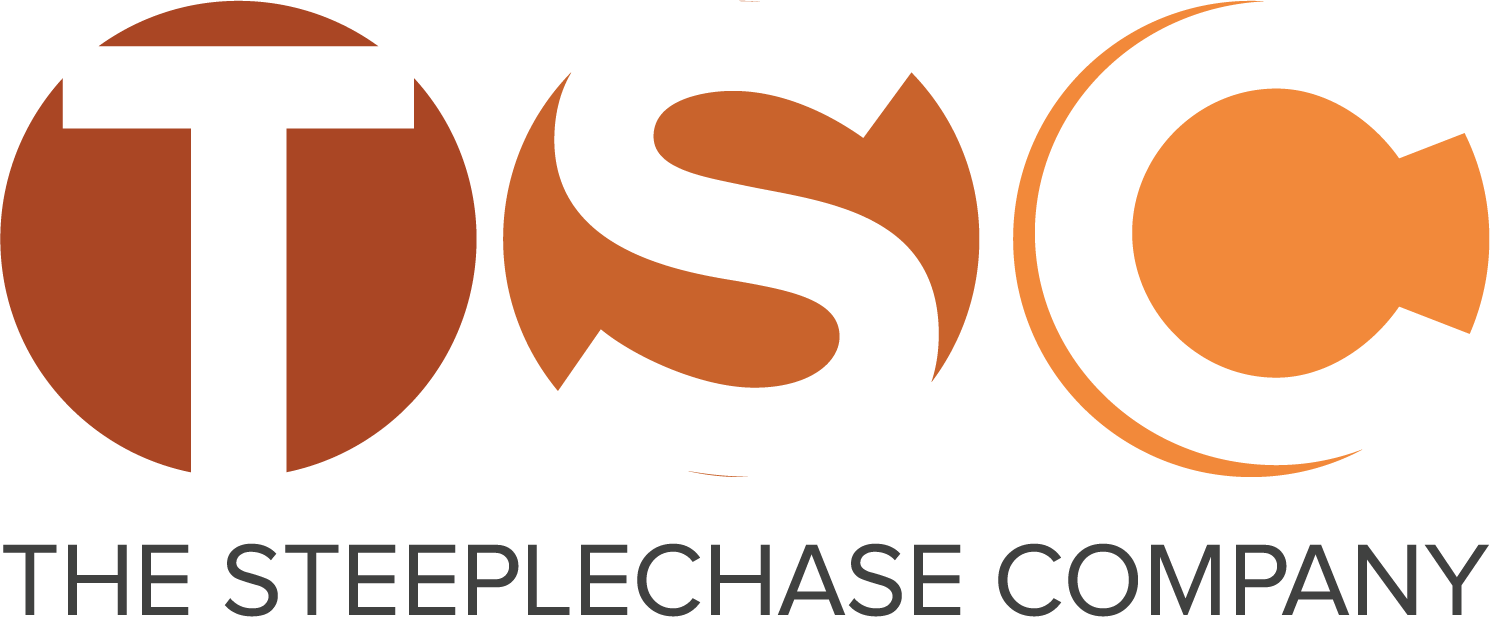These days, most health care providers are concerned about evidence-based practice. We don’t want to spend needless resources in futile efforts. You want the same efficiency when it comes to your health care marketing strategy.
So how do you apply the concept of evidence-based practices in healthcare marketing?
1. Use of Metrics
One of the ways would be to analyze your website’s metrics.
These would include:
- the number of unique visitors
- bounce rate
- average time on the site
Read our previous blog for details on how these metrics serve as indicators on how your website is performing.
2. Use of Social Media Campaign Analytics
You’ve also created various social media campaigns.
Which among the different platforms tend to gain likes, shares, following, and lead to your website?
You’ll know if your healthcare marketing is effective if your virtual followers become your actual patients.
3. Use of Patient Surveys
We’ve mentioned the benefits of patient surveys as one way of learning how you can improve your practice and show that you care about your patients’ experience.
Another use of patient surveys is to identify how they heard about your practice.
Was it through word of mouth, social media, or colleague referral?
Based on this, you’ll know which among your marketing campaign made a patient conversion.
4. Use of Value as a Concept in your Campaigns
In health care, value is defined as quality of service plus outcome over cost.
Value = quality of service + outcome
cost
Apply this concept in your marketing campaign to see the efficiency of your strategy. Patients will find greater value in your service when you deliver a high quality of care that produces the desired outcome at an affordable cost.
Which among these factors gave high patient satisfaction? Was it the quality of the care they received? The desirable outcome? Or the reasonable cost of your service?
Highlight that in your marketing campaigns and use it in formulating your niche and refining your brand.
5. Use of Prioritization Matrix Based on Evidence Gathered
Once you’ve determined which among your healthcare marketing efforts drew more patients to your practice, you can use this as a basis in planning for your future marketing campaigns. With your resources, you can identify where you’d invest in more and which needs more attention. You can organize your tasks, identify issues, and act on it based on your criteria.
To create a prioritization matrix:
- Design an L-shaped matrix.
- Based on the criteria you have listed on top of the matrix, assign weights on the issues.
- Add the total.
- Set your priority based on the calculated results.
An example of a prioritization matrix is shown below:
| Low Cost | Provider Concern | Patient Concern | Vision Alignment | Total | |
| Website Design | 1 | 3 | 2 | 2 | 8 |
| Social Media | 4 | 3 | 1 | 3 | 11 |
| Patient Reviews | 6 | 4 | 7 | 8 | 25 |
| Scheduling Issues | 3 | 5 | 6 | 5 | 19 |
Doing this with the input of your staff will give you a better and more holistic picture of the issues and course of action. Finally, you can document the results and use as evidence in your healthcare marketing strategy.
Hence to plan your healthcare marketing strategy, you must define your goals, objectives, action plans, roles and responsibilities of staff, and means of evaluating success.
You don’t need to grope in the dark when it comes to your health care marketing campaign. With evidence-based practice, you can efficiently use your resources to give you the best strategy and outcome.
We Can Help
Not sure how to make a marketing campaign come together to reach more qualified patients? Schedule a practice review here to find out how we help you optimize your efforts.

